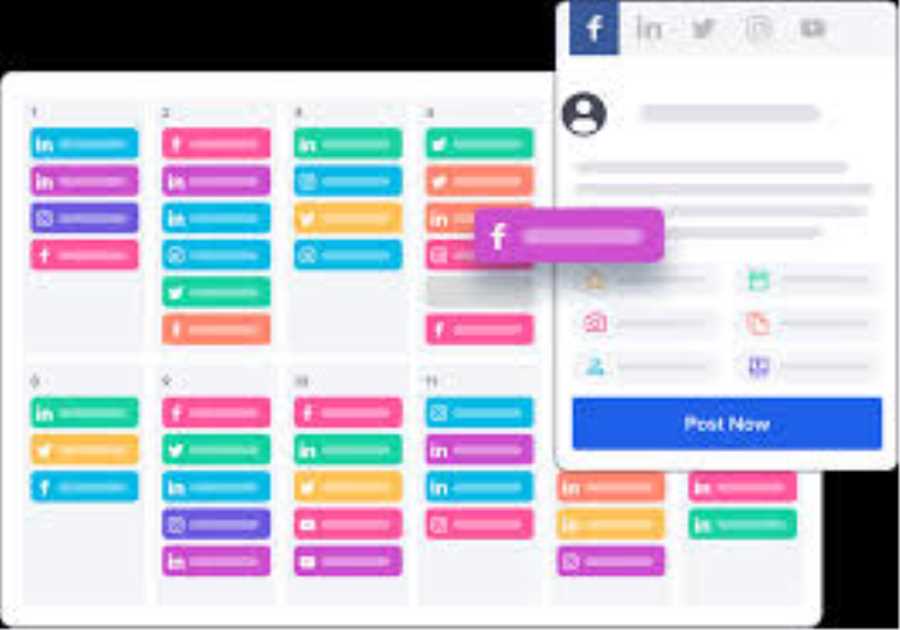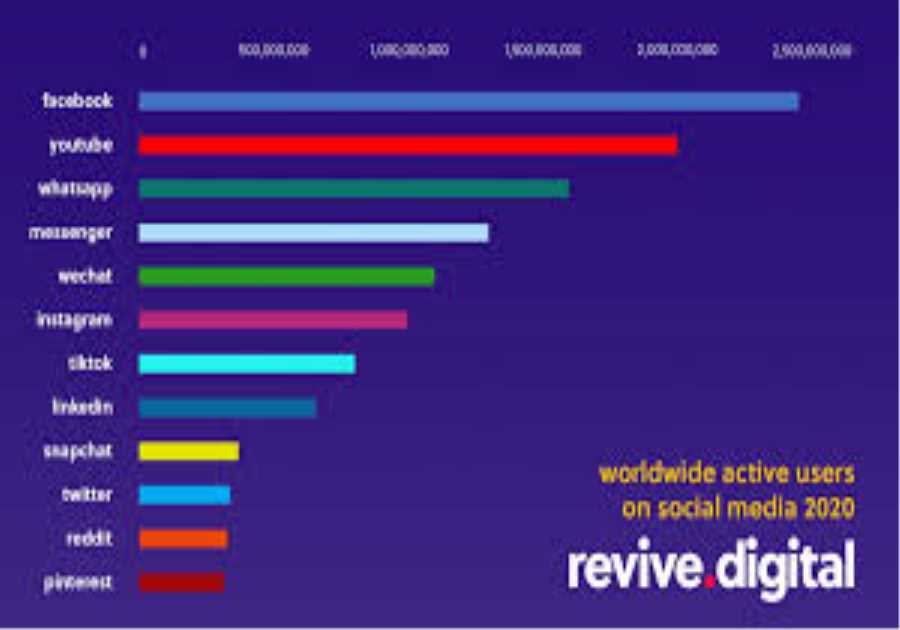
Ask any construction manager or estimator what the most stressful day of their job is, and they’ll all give you the same answer: Bid Day.
It’s a day of controlled chaos. It’s a 12-hour, high-stakes sprint of overflowing inboxes, 100-page final plans (that are, of course, not the final plans), and a non-stop flood of last-minute addenda from architects. It’s a frantic, manual process of trying to plug numbers from 10 different, un-standardized subcontractor bids into a massive, complex spreadsheet, all while praying you didn’t miss a critical scope gap.
For decades, this frantic process of data-entry-meets-adrenaline was just the cost of doing business. But in an industry with razor-thin margins, hoping you didn’t make a multi-thousand-dollar mistake is not a sustainable business strategy.
This is why a cloud-based bid management software is no longer a nice-to-have luxury; it’s the central nervous system of a profitable preconstruction department.
But when a seasoned construction manager starts searching for a solution, they aren’t looking for flashy features. They are looking for a cure to their biggest, most expensive headaches. They are looking for a tool that delivers on five key promises.
Single Source of Truth for All DocumentsThe Pain Point: The single biggest, most expensive mistake in construction is a subcontractor building off an outdated set of plans. In a traditional, email-based bidding process, plans and addenda are scattered across dozens of different “Re: Re: FWD: FINAL_PLANS_v3” email chains. It’s a logistical nightmare and a massive liability.
What They’re Looking For: A central command center or a digital plan room. A great NCM platform gives a GC a single, cloud-based portal to house every single document for a project.
When a new addendum is issued, it’s uploaded once.The system then automatically notifies every single invited subcontractor that a new document is available.This isn’t just about convenience; it’s about risk management. It eliminates the excuse that they never got the email. It guarantees that every single person, from the GC to the smallest sub, is building their bid from the exact same, most current set of documents.
n Invitation to Bid (ITB) That Actually WorksThe Pain Point: The old way of sending an invitation to bid is a black hole. You spend a day manually building an email list, you hit send, and… you wait. You have no idea who opened it, who downloaded the plans, or who is actually planning to bid. The result? You spend the two days before the bid is due frantically cold-calling subs, begging for coverage.
What They’re Looking For: An intelligent ITB and subcontractor management tool. A modern platform lets you:
Filter Your Database: You can instantly filter your entire, company-wide subcontractor database by trade, by location, or by their prequalification status.Send & Track: You can send a mass ITB to 50 pre-qualified plumbers with one click.See Everything: This is the most critical part. You get a real-time dashboard that shows you who opened the email, who downloaded the plans, who marked intends to bid, and, just as importantly, who marked will not bid.This turns your black hole into a transparent marketplace. You know weeks in advance where your scope gaps are, giving you plenty of time to find more bidders.
Bid Leveling Tool That Isn’t a SpreadsheetThe Pain Point: It’s 2:00 AM on bid day. You have three bids from three different electrical subs, and they are all in different, non-standard formats. You are manually transcribing their numbers, line by line, into a massive, 80-column Excel spreadsheet, trying to normalize them and find all the exclusions. Your eyes are blurry, and a single typo could cost you $50,000.
What They’re Looking For: A true, digital bid-leveling or bid-comparison module. This is the ultimate de-risking tool.
It allows you to create a standardized bid form that forces all your subs to enter their numbers in the same format.The software can then automatically place these bids side-by-side in a clean, easy-to-read comparison view.This makes it instantly obvious where the scope gaps are. You can see, at a glance, that Sub A included the light fixtures, but Sub B and Sub C listed it as an exclusion.This turns a four-hour, high-risk, manual-entry nightmare into a 30-minute, high-confidence analysis.
Centralized Area for Subcontractor DataThe Pain Point: Your best subcontractor database is the Rolodex in your senior estimator’s head. He knows who is reliable, who is cheap-but-slow, and who always has their insurance certs up to date. If that senior estimator retires or quits, that critical, 10-year database walks out the door with him.
What They’re Looking For: A centralized, company-owned subcontractor CRM. A good NCM platform is also a powerful relationship manager. It’s a shared company brain where your team can do the following:
Track all of a sub’s prequalification and insurance documents.Log notes on their past performance (“Finished on time, great quality”).Build a permanent, searchable database that becomes a high-value, proprietary company asset. Tool That Integrates SeamlesslyThe Pain Point: Your team already has a system. They love their digital takeoff software (like Bluebeam or Planswift), and they already live in their project management software (like Procore). The last thing they want is another data silo—a disconnected tool that doesn’t talk to their other systems.
What They’re Looking For: Integration. A bid management software must be a team player.
It needs to integrate with takeoff tools, allowing estimators to seamlessly push their quantity data into the bid package.It needs to integrate with the project management software so that when a bid is won, all the data, documents, and contacts from the preconstruction phase can be pushed, with one click, to the project management phase.This seamless data flow is what separates a clunky add-on from a true, end-to-end operational solution.
A construction manager isn’t just buying software. They are buying control. They are buying time. They are buying accuracy. And, most of all, they are buying risk reduction. The right platform is the single best investment a GC can make in a more profitable, more predictable, and far less stressful preconstruction process.
The post What Construction Managers Are Really Looking for in Bidding Software appeared first on Social Media Explorer.
Did you miss our previous article...
https://socialmediaamplification.com/social-media-analysis/black-rings-the-ultimate-guide






